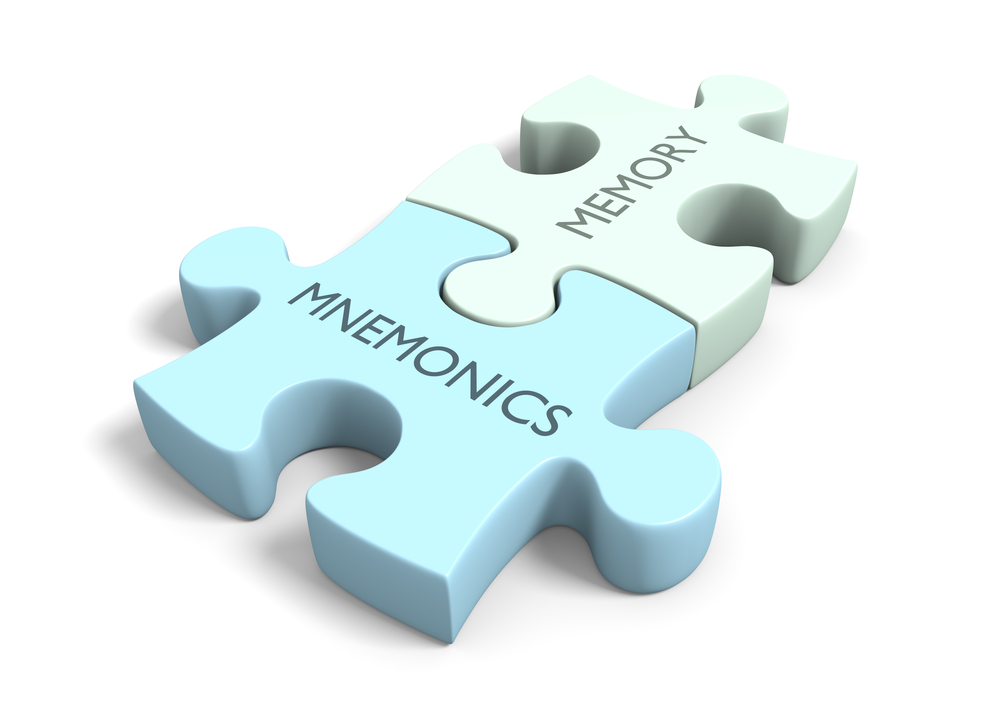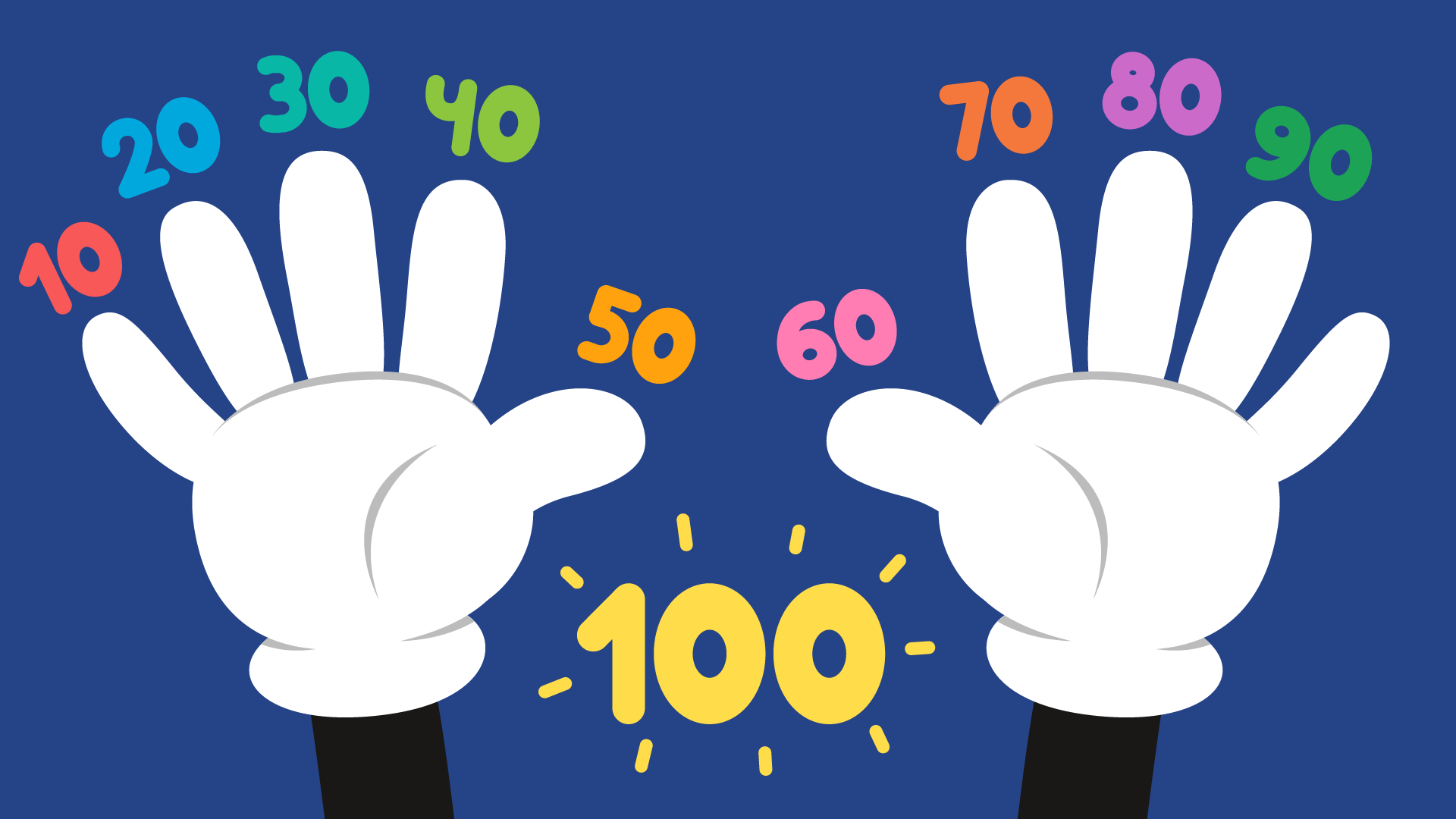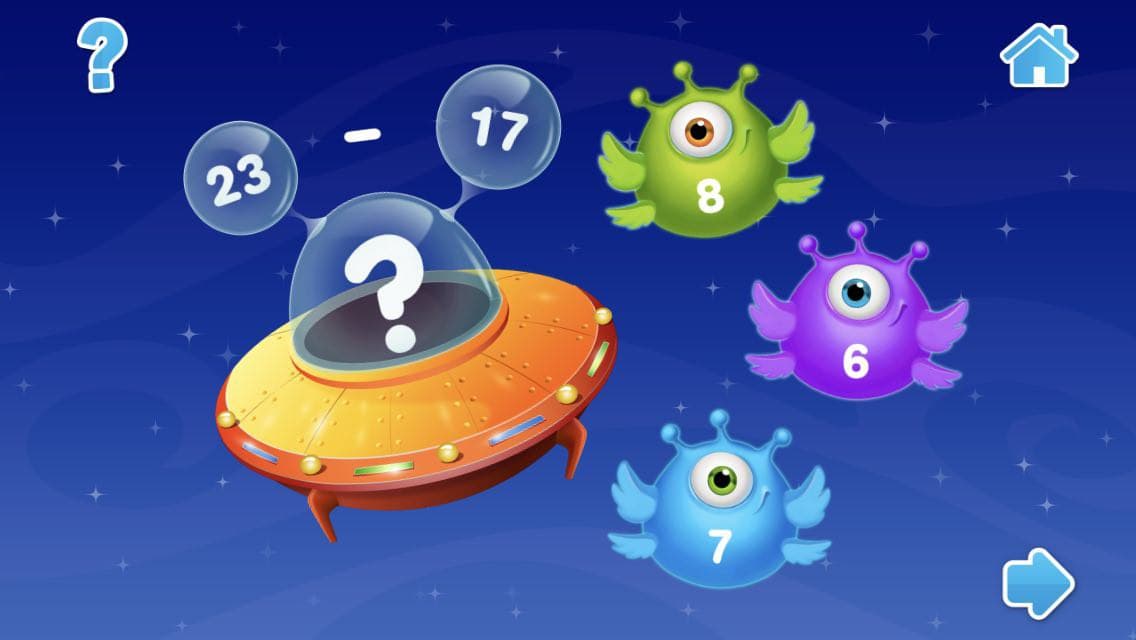Writing Benchmarks for 2nd Graders
Dec. 1, 2021
For those in second grade (or key stage 2 in the UK), around the ages of 7 to 8, learners are getting to grips with a range of skills that when mastered will enhance their English written skills.These include legible writing, capitalisation and punctuation usage and spelling. This is known as orthographic development and describes young learners practicing the methods required to ensure written language is structurally and grammatically sound, including the norms of spelling, hyphenation, capitalization, word breaks, emphasis, and punctuation.
Literacy Benchmarks
According to the UK’s National Curriculum the main aim for literacy for those in second grade (key stage 2) is to provide children with high standards of language and literacy, who are able to command the spoken and written word. In relation to written development of this age group, the curriculum states the following markers as overall developmental milestones:
- the acquisition of a wide vocabulary for both pleasure and information
- an understanding of grammar and knowledge of linguistic conventions for reading, writing and spoken language
- an appreciation of literary heritage
- clear, accurate and coherent written skills
- capacity to adapt language and style for a range of contexts, purposes and audiences
Suitable Materials and Resources for Development
To ensure your child develops as they should, in line with literacy expectations for their age range, it is important to utilise reliable, useful materials and resources that can support them as they grow. Kid’s Academy ELA 2nd grade curriculum, found on the Talented and Gifted app, has been created by certified elementary teachers and is based on the corresponding Common Core State Standards.
The Common Core State Standards Initiative is an educational initiative introduced from 2010 that outlines what K–12 students throughout the United States of America should know in English language arts and mathematics at the end of every school grade. All of the Talented and Gifted curricula have been developed with these educational objectives in mind so parents, caregivers and teachers using it to help their children with their progression can be sure of the reliability and robustness of the learning materials.
The Common Core guidelines place emphasis on the importance of developing learners' critical-thinking skills, problem-solving and analytical skills to help them succeed in their education and wider society.
Prefixes and Suffixes
One area of focus within the Common Core Standards is vocabulary acquisition and usage. By the end of second grade, children are expected to be able to determine the meaning of a new word formed when a known prefix is added to a known word. For example, young learners should know how to use the prefixes un- and re- to change the meaning of ‘happy’ and ‘tell’.
Henceforth there will be present references to the lessons from Kids Academy learning system. The more information about it you may find here.
The video referenced below is drawn from Kid’s Academy ELA 2nd grade curriculum Chapter 1, Lesson 5 and explores Prefixes with Chris the Word Whizz! Chris explains that prefixes are groups of letters in front of words that change the meanings and gives examples to help second graders get to grips with the ways in which meanings change depending on the beginning letters.
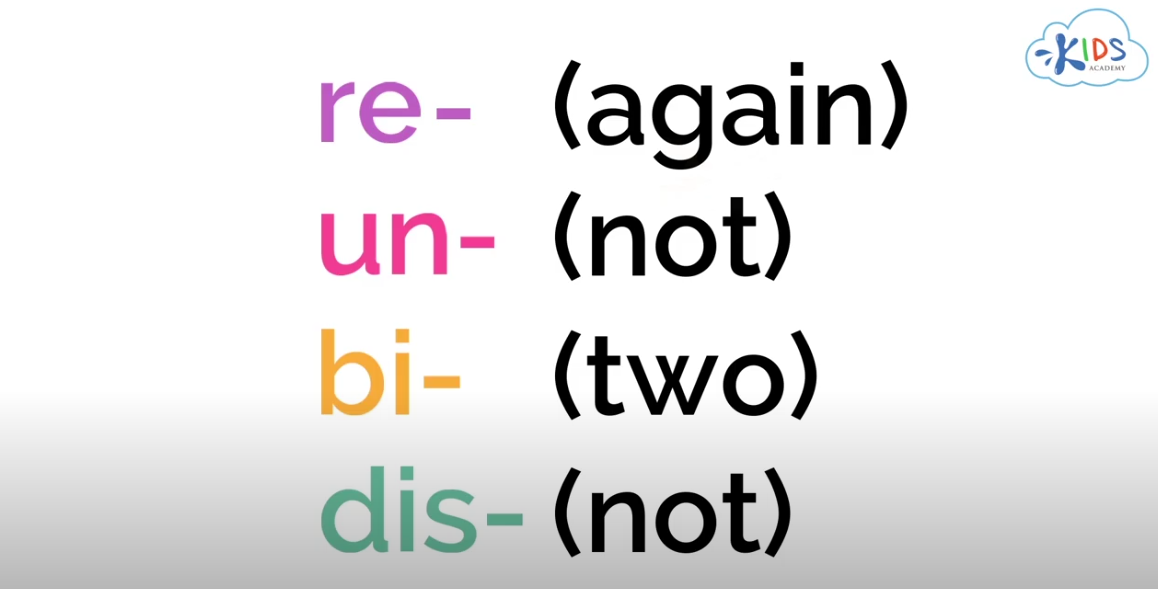
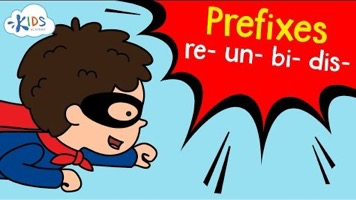
The screenshots are taken from the Talented and Gifted app.
Another area of orthographic development that children should be familiar with by the end of second grade are suffixes. This game from the same curriculum, Chapter 1, Lesson 6 explores and explains suffixes to young learners with a specific focus on word parts. As prefixes come before the core word, suffixes feature after the stem word to end the new word that again changes the meaning or purpose. An example would be adding the suffix ‘ive’ to the word ‘act’. Adding this suffix changes the verb to an adjective that explains a specific way of movement.
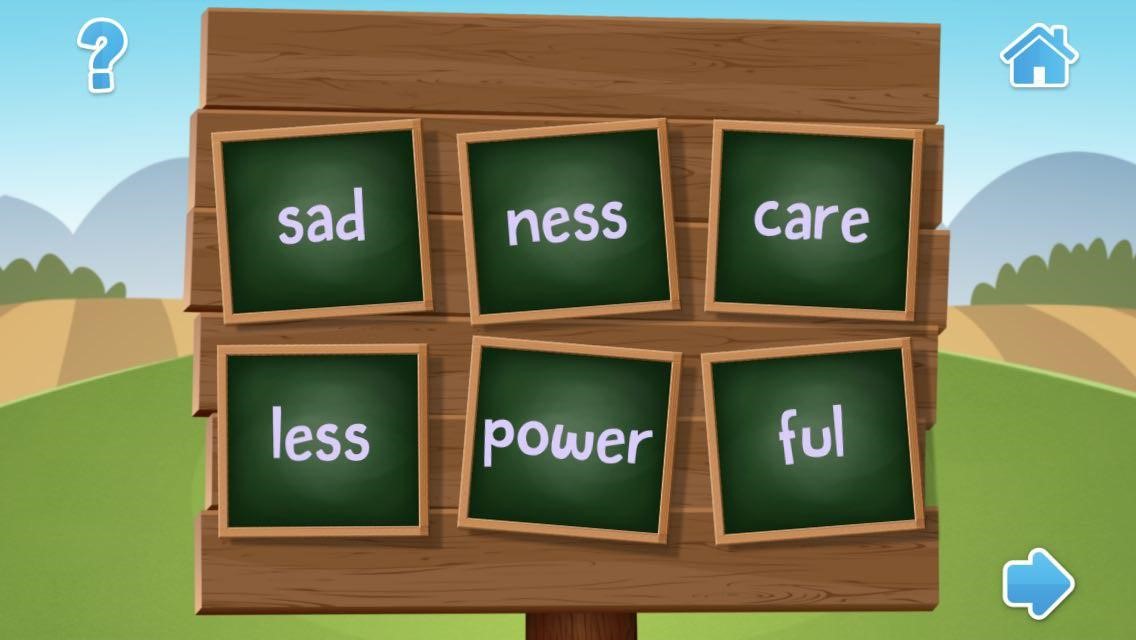
The screenshot is taken from the Talented and Gifted app.
This game focusing on suffix understanding and formation can help children meet another objective within the vocabulary acquisition and usage section of the Common Core Standards of using a known root word as a clue to the meaning of an unknown word with the same root, such as addition, additional.
Vowel Word Familiarisation
Another area of development that young learners require to progress educationally, is to show their understanding of the conventions of grammar. According to the Core Common Standards this spans using collective nouns, forming and using irregular plural nouns, reflexive pronouns, past tense, adjectives and adverbs usage and using simple compound sentences.
In the game shown below, from Chapter 1, Lesson 1 young learners can expand their grammar skills by working on their one-syllable long and short vowel word comprehension. 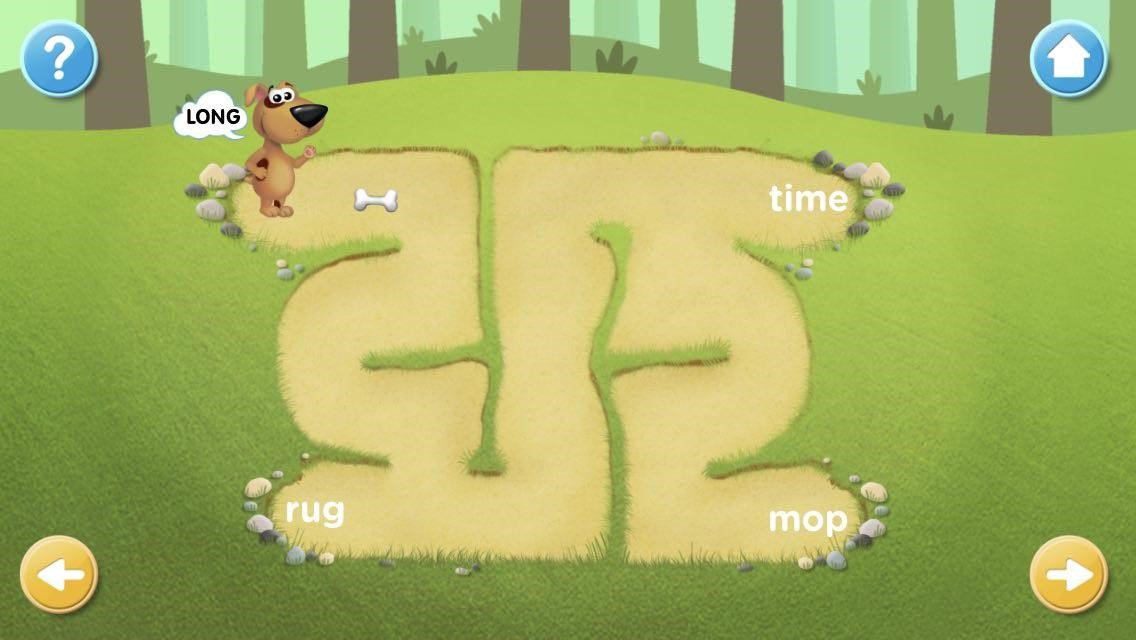
The screenshot is taken from the Talented and Gifted app.
The quiz below, drawn from Chapter 1 Lesson 2 explores vowel teams, looks at different sounding yet similar vowel sounds including ‘oy’ and ‘oi’. This interactive quiz allows learners to drag and drop the appropriate sound within words as they populate on screen. This game cleverly solidifies knowledge of vowel teams, vowel diagraphs, dipthongs and longer combinations of letters that create one vowel sounds.
From ai and ea, oi and ou to igh and ough, learners can explore and enhance their grammatical language development using interactive and engaging games within the Talented and Gifted app.
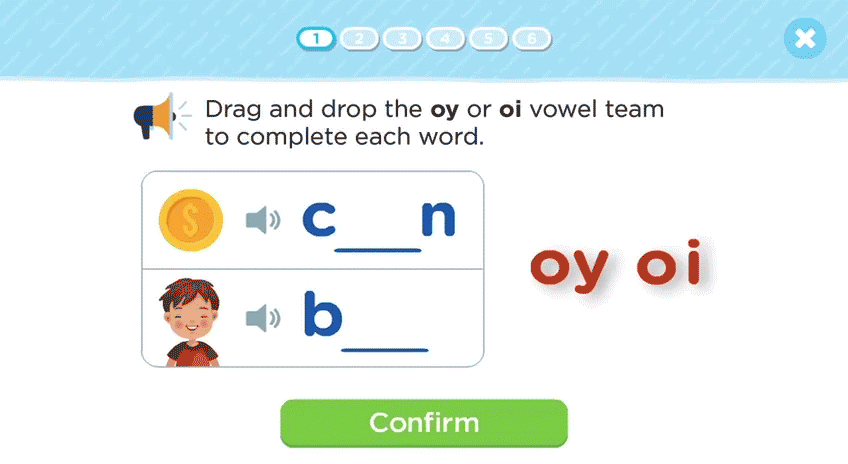
The gif is taken from the Talented and Gifted app.
The R-controlled vowels quiz, shown below, helps children master vowel sounds (er, ir, or) that can be quite confusing due to similar sounds especially when they appear within irregularly spelled words. An R-controlled vowel is any vowel followed by an r. The r, when added, changes the sound that the vowel makes. R controlled vowels are often referred to as “Bossy R” because the r overrules other sounds and makes the vowel make a new sound. The er, ir, and ur all make the same sound /er/ as in her, bird, and fur. Within Chapter 2, Lesson 3 learners have to choose the diagraph that features within ‘bird’ and ‘girl’.
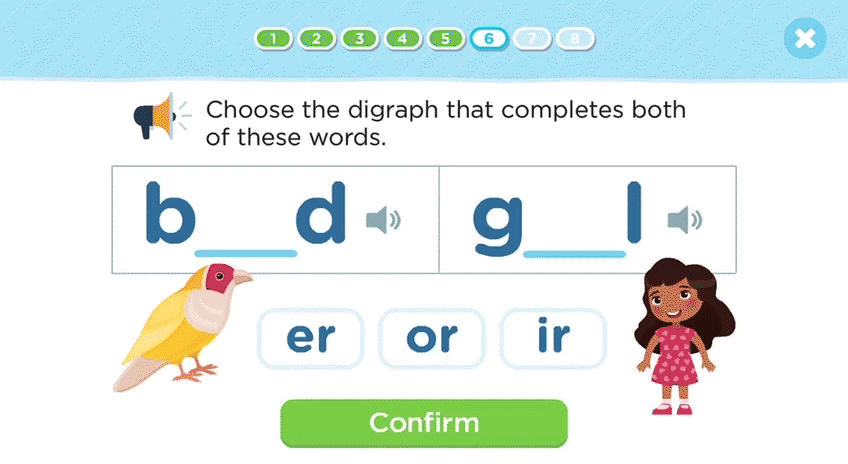
The gif is taken from the Talented and Gifted app.
Compound Words
Compound words are important tools to grow a child’s vocabulary and structural language comprehension. They are formed when two or more words are put together to form a new unit with a new meaning. They can form different parts of speech and can dictate what form the compound takes on.
Other valuable resources can be found within the app to assist second graders to consolidate compound word formation and practice crucial language skills. The quiz shown below, from Chapter 11, Lesson 2, invites children to drag and drop the magnets to form three compound words sunflower, toothbrush and football.
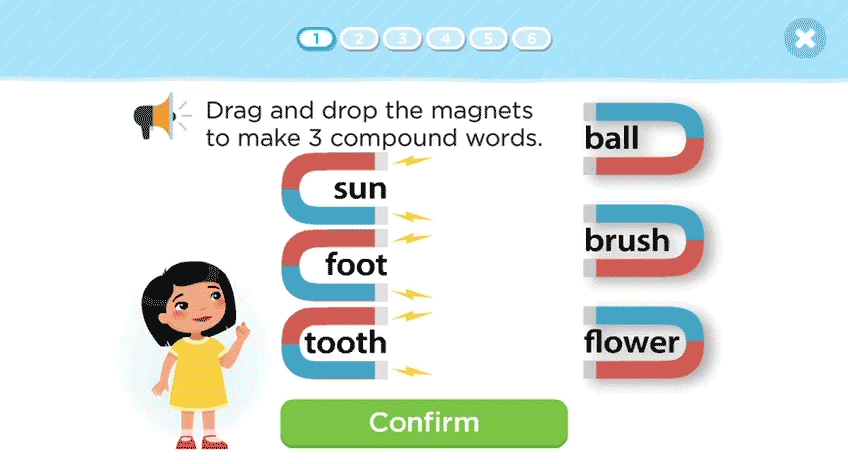
The gif is taken from the Talented and Gifted app.
Incorporating Worksheets Into ELA Learning
As well as a range of kids games, quizzes and interactive learning materials on offer within the Gifted and Talented app, Kid’s Academy also offers a variety of worksheets geared towards helping second graders meet their ELA benchmarks.
Children can practice their understanding of collective nouns, singular or plural nouns and further develop their vowel sounds amongst many other grammatical, structural, syntax and literacy based skills.
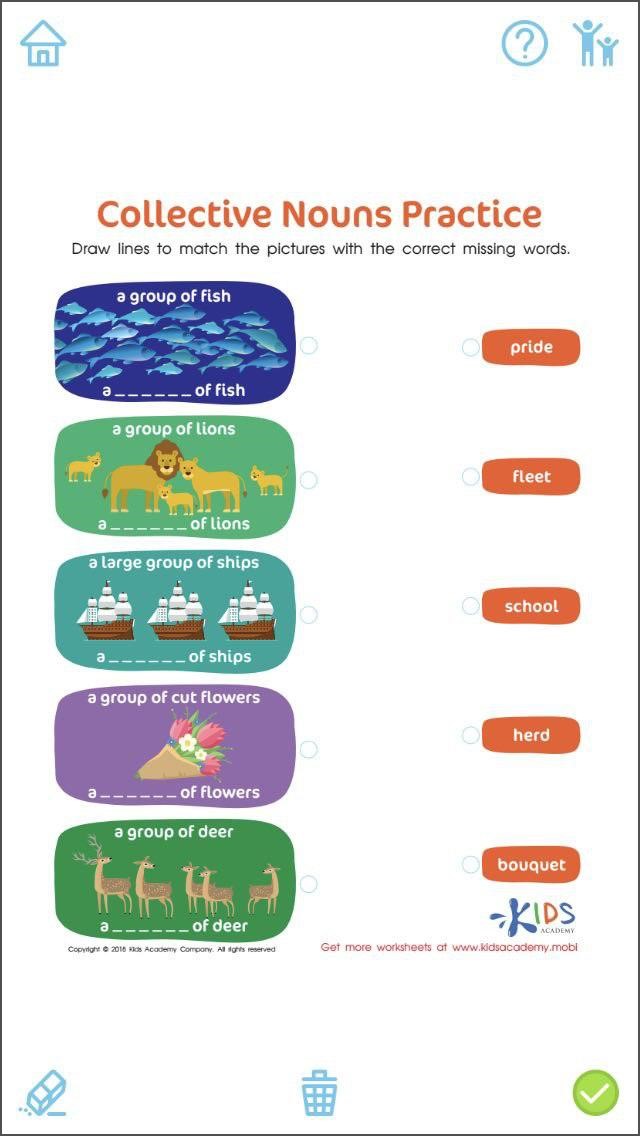
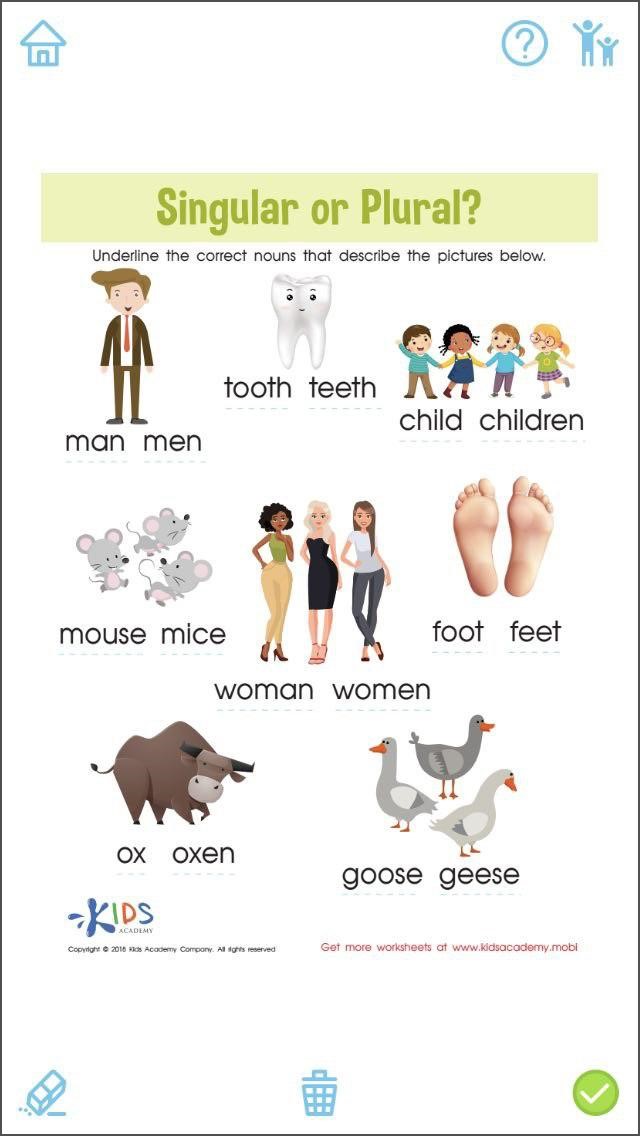
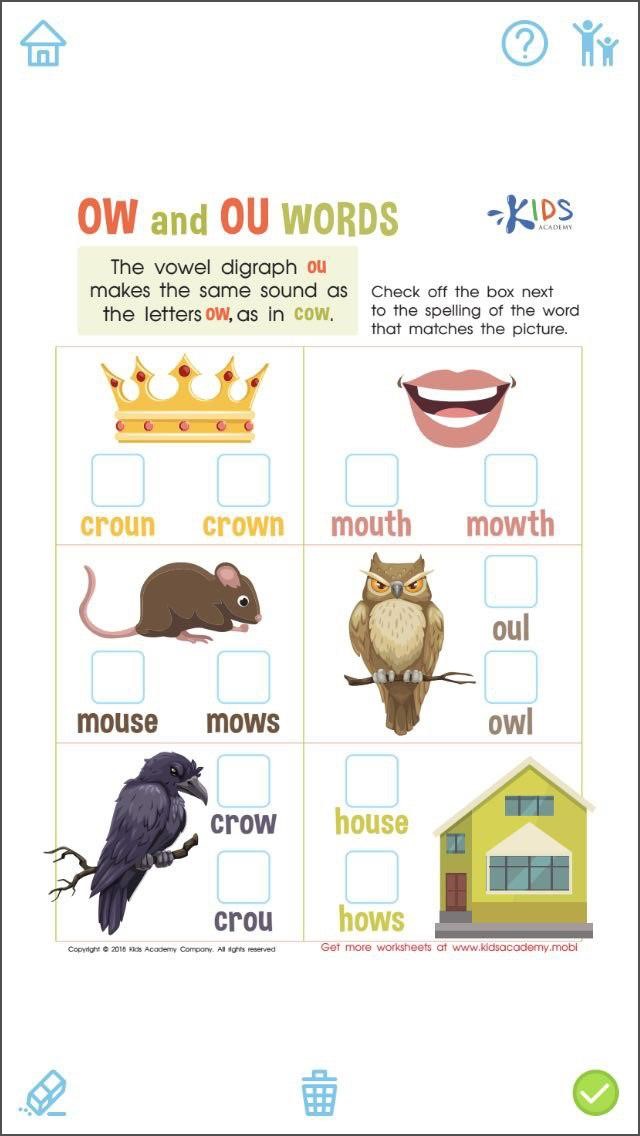
The screenshots are taken from the Talented and Gifted app.
Knowing that all materials available on the Kid’s Academy apps and website are developed and informed by the Common Core Standards offers adults peace of mind that the resources they are educating their child with are clear, understandable and evidence-based.
Ensuring your second grader develops their written skills and meets the expected ELA benchmarks can be done in a way that keeps them engaged and continually learning in a fun, progressive manner.
For a further look at the resources available for your young learner head over to the Learning Resources section of the website for more information.
About the author
Alison Carter - Play-Based Educator, ESL Teacher, Trauma Sensitive Yoga and Pilates Teacher.
Manchester, England, UK.



